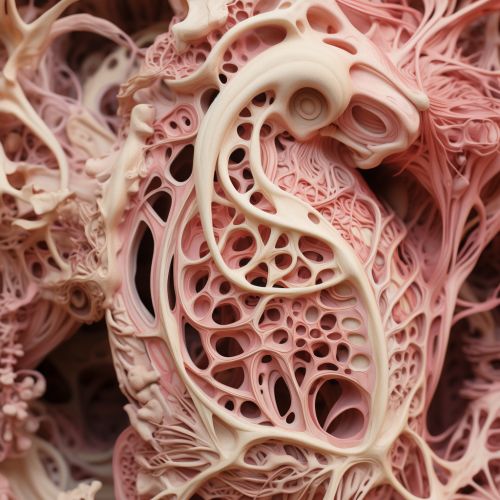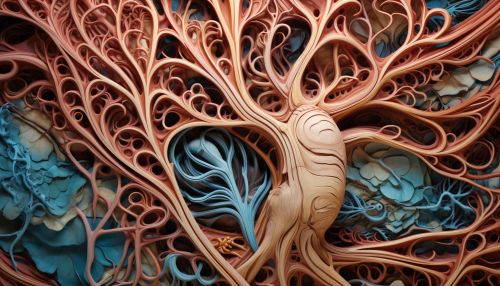Organ (anatomy)
Anatomy of an Organ
In the field of anatomy, an organ is defined as a self-contained group of tissues that perform a specific function within an organism. The human body, for example, is composed of numerous organs, each with a unique role in maintaining the health and functionality of the body as a whole.
Classification of Organs
Organs can be classified based on various criteria, including their function, structure, and location within the body.
By Function
Organs can be categorized based on the primary function they perform. For instance, the heart is a muscular organ whose primary function is to pump blood throughout the body. Similarly, the lungs are organs that facilitate the exchange of oxygen and carbon dioxide between the body and the environment.
By Structure
Organs can also be classified based on their structure. For instance, tubular organs such as the esophagus and blood vessels have a tube-like structure, while alveolar organs like the lungs have a spongy structure.
By Location
Another way to classify organs is based on their location within the body. For instance, the brain and spinal cord are part of the central nervous system, while the heart and lungs are part of the thoracic cavity.


Organ Systems
Organs often work together in groups known as organ systems to perform complex functions. For example, the digestive system includes organs such as the stomach, liver, and intestines, which work together to break down food and absorb nutrients. Similarly, the respiratory system includes the lungs, trachea, and bronchi, which work together to facilitate the exchange of gases.
Organ Development and Growth
The development and growth of organs, a process known as organogenesis, begins during embryonic development and continues throughout life. This process involves the differentiation of stem cells into specialized cell types, which then organize into the specific structures of each organ.
Organ Function and Physiology
The function of an organ is determined by its structure and the types of cells it contains. For example, the heart contains muscle cells that contract to pump blood, while the lungs contain alveoli that facilitate gas exchange. The study of organ function is known as physiology.
Organ Diseases and Disorders
Organs can be affected by a variety of diseases and disorders. For instance, the heart can be affected by conditions such as coronary artery disease and congestive heart failure, while the lungs can be affected by diseases such as chronic obstructive pulmonary disease (COPD) and lung cancer.
Organ Transplantation
In cases where an organ is severely damaged or failing, organ transplantation may be considered. This involves replacing the damaged organ with a healthy one from a donor. Organ transplantation is a complex procedure that requires careful matching of the donor and recipient to ensure compatibility.
